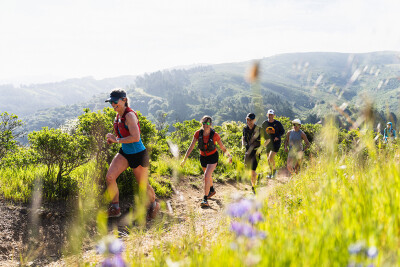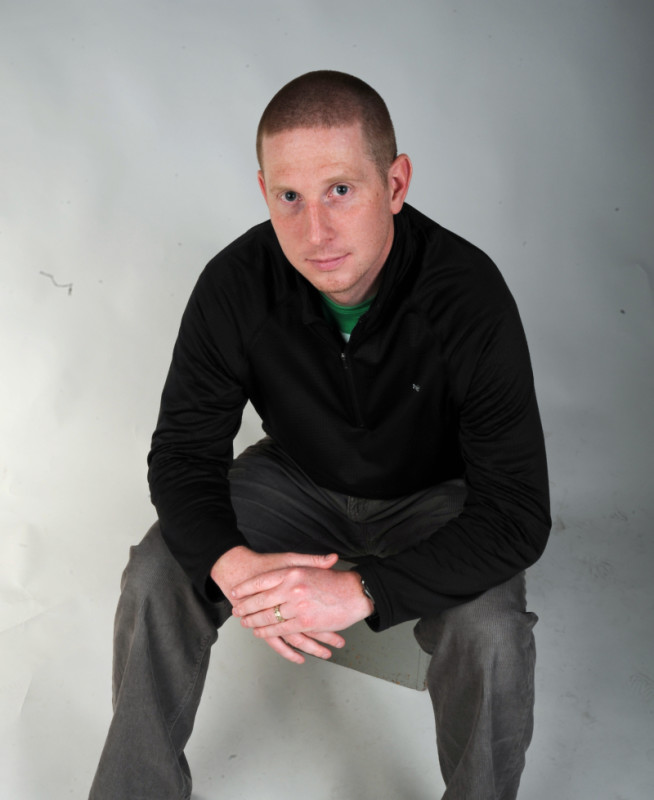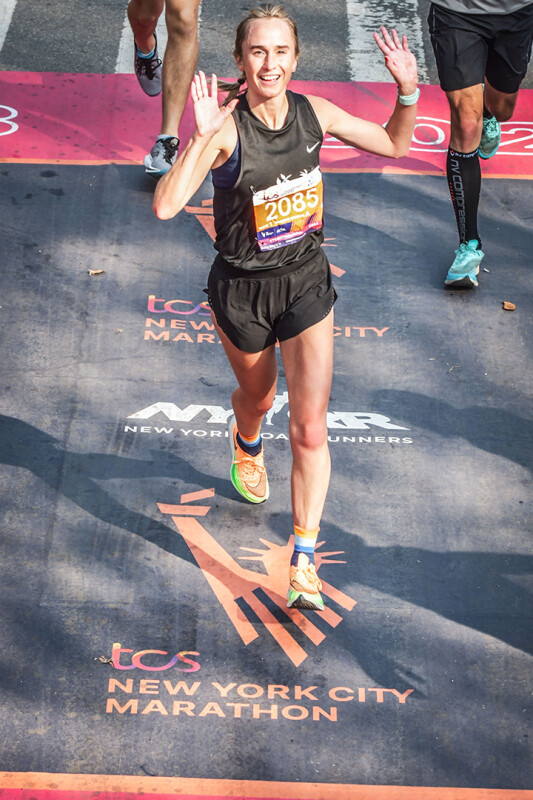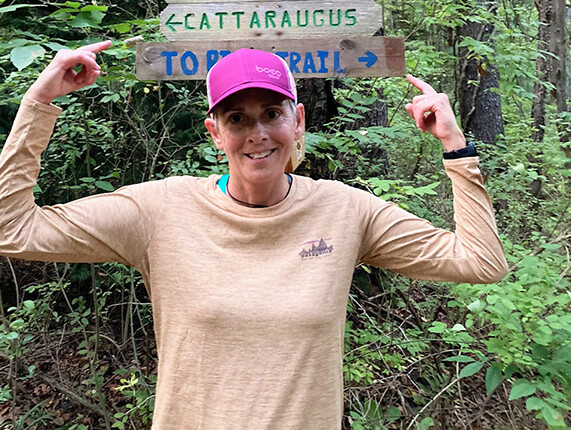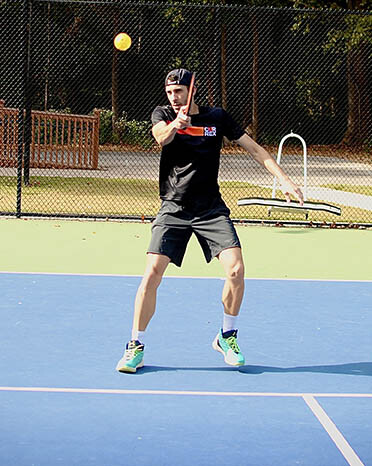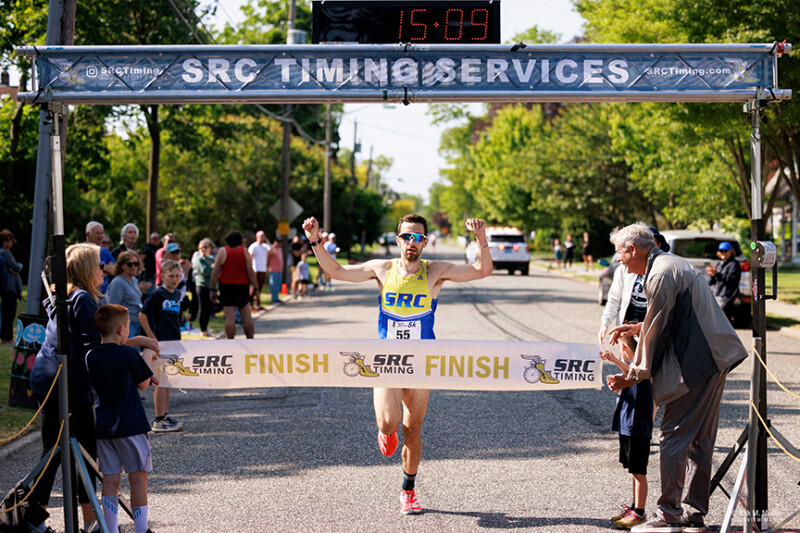Ted Knudsen counts his blessings every day. Less than a mile from the door of Knudsen’s San Francisco Running Company flagship shop in Mill Valley, CA, runners can explore the Marin Headlands. Miles and miles of trails wind through the “fog-swept coastal prairie ecosystem” which pairs “dramatic cliffs of oceanic rock” with “sweeping views of the Golden Gate Bridge,” according to the National Park Service.
Mill Valley is also home to the Dipsea Trail Race, the nation’s oldest trail race. Founded in 1905, the annual 7.4-mile race from Mill Valley to Stinson Beach reaches capacity every year and attracts runners from around the world.
Yet more, the Bay Area also offers weather conducive to year-round trail running, something many other trail-loving communities scattered across the U.S. do not have.
The local trail running scene is alive and vibrant in the Bay Area, Knudsen says, which is a blessing for his 11-year-old business, which has a second location in nearby San Anselmo.
“Our location is so central to our success,” says Knudsen, who purchased the San Francisco Running Company from its founder, Brett Rivers, in 2019. “When you have trails next to you, you’ll attract trail runners. It’s a bit like having an ice cream truck right next to a park.”
Which isn’t to suggest Knudsen takes things for granted. While trail running is baked into his local environment, Knudsen and his team at the San Francisco Running Company are always working to service and anticipate the needs of customers. Their work provides an example of how other run shops – even those in non-trail running hotbeds – can capture success in the category. Here are seven pieces of advice on How To Trail, even if you are not in a trail running mecca like San Francisco Running Company.
1. With group runs, focus on accessibility,
authenticity and consistency.
Back in the day, Knudsen says San Francisco Running Company’s Saturday morning trail run was known as a fast two-hour run.
“Log as many miles as you could and get back to the shop before it opened,” he says.
That’s changed over the years so the shop could broaden its reach. Today, the Saturday morning run features two distances with suggested routes as well as an invitation for participants to modify the route to fit their needs. The group run attracts 50-plus people each Saturday.
“And we keep doing it week after week,” Knudsen says, adding that the regularity of the run and its low-key vibe are also important. “We don’t overproduce it. Sometimes we have vendors, but most times we do not. Make it accessible and authentic and people will come.”
2. Choose the right sherpa.
Nearly two years ago, Knudsen ceased leading the Saturday morning group runs and handed those duties over to Chris Bartholomew, a part-timer at the store who is also an ultrarunner. Bartholomew is “approachable, creative and not in your face with anything,” Knudsen says. He keeps lines of communication open, captures photos for San Francisco Running Company’s social media and is an organized, good-hearted leader.
“I could lead the run, but I’m not the guy,” Knudsen admits. “As the owner, all I see is the work ahead.”
3. Discover the ideal communications medium.
Trail runners, in particular, have embraced Strava for its tracking capabilities, community and motivation. San Francisco Running Company taps into this orbit with its own Strava group, where it posts all of its group trail runs and notifications as well as store events.
“We use the communication tool our people are already using,” Knudsen says of San Francisco Running Company’s Strava group, which boasts nearly 13,000 members. “We wouldn’t have that reach if we only posted on Facebook.”
4. But be willing to experiment and evolve.
San Francisco Running Company is preparing to launch an easy Sunday morning trail run once a month. As this monthly event will target beginning trail runners, Knudsen is turning to Meetup rather than Strava to broadcast the event.
“We’re testing the waters here and think Meetup makes sense given the demographic we’re targeting,” he says. “In the end, it’s all about bringing people into our community at the San Francisco Running Company.”
5. Align with races.
To be certain, San Francisco Running benefits from various local trail races, many of which start within a few miles of its storefronts. But again, Knudsen doesn’t take that for granted.
Like many run shops across the U.S. with road races, Knudsen tries to put his stores front and center with local trail races. San Francisco Running Company hosts packet pickup for various trail races and also organized a massive training run from its store in April for the Broken Arrow Skyrace.
“We are a part of the ecosystem with trail races,” he says.
6. Craft savvy partnerships.
San Francisco Running Company enjoys a working relationship with the Marin County chapter of Trail Sisters, the women’s trail running community that boasts dozens of local groups from coast to coast. On the first Saturday of every month, the Marin chapter organizes an early start, no-drop trail run.
“This regular run with Trail Sisters really brings people in who might otherwise feel overwhelmed by one of our store-led trail runs,” Knudsen says.
7. Be strategic with purchasing.
Though the local appetite for trail running is hefty and the San Francisco Running Company caters to trail runners across the spectrum, from hard-core ultrarunners to trail novices, Knudsen still brings a disciplined approach to purchasing.
For instance, he foregoes Gore-Tex footwear options and doesn’t carry shoes designed for fell running. Neither, he says, would resonate with his clientele.
“We know our runners, their plans, our weather and our trails and that dictates the products we carry,” he says.
